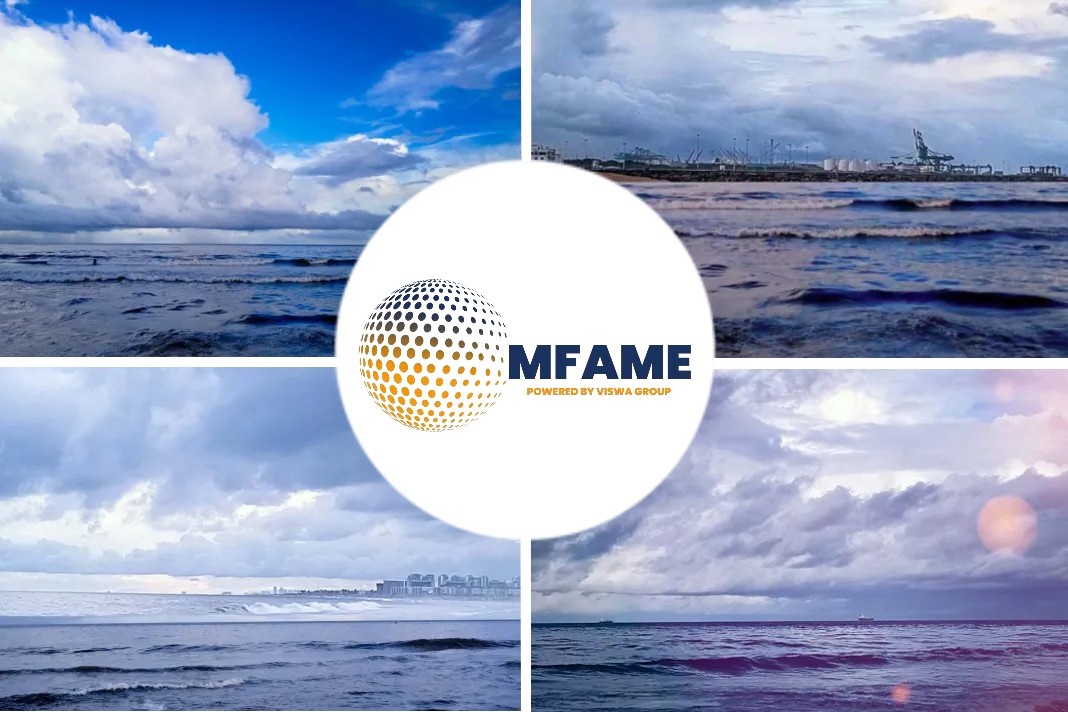A recent testimonial published in the Suburban Times showcases what the ship logs of the great war looked like. The World War 2 ship log from 1944 chronicled life at sea amidst troubled waters.
Here’s an excerpt from that article.
Finding the Ship Log
My brother-in-law, Keith called to see if I would like an envelope of documents and papers that belonged to my father during World War II. Later that day, my sister, Marsha, gave me the envelope at a family dinner. They had been buried in old boxes.
Over Saturday morning coffee I looked at the cards, certificates, and information. The most important elements were a small ledger from 1944 and his merchant seaman identification card.
There were numerous cards and papers, but the ID Card and my dad’s 1944 log held most of the interesting information.
My dad was a pharmacist mate and officer in the Merchant Marines. He was aboard tankers delivering oil to ships in the South Pacific. I knew that he had visited Hawaii, Pitcairn Island, New Guinea, and Saipan. He grew up in Missouri and graduated from Nevada High School in Nevada, Missouri. He went to school with my mom (Mary Lavinia Cummins) and her twin sister, Netta Virginia Cummins). Nevada is about 90 miles south of Kansas City. My dad’s favorite relative was his aunt who lived in nearby Shell City. I knew my dad studied accounting in Kansas City before signing up as a merchant seaman. The dates were vague, however.
The ID card showed me that he signed up or was processed on October 1, 1943. He was twenty-one, weighed 154 pounds and was six foot one . . .

What does the Log Book Say?
His logbook tells the tale in short comments. Although the printed log begins on January 1st, 1944, there are pencil notes from earlier.
He signed in on October 22 on board the S.S. Alan Seeger. The Alan Seeger was a Liberty Ship built as a tanker. It was launched on October 5th. It began its first voyage on the 27th of October. It made three trips to Pearl Harbor that year. The third trip arrived in Pearl on Christmas Eve. The ship logged 7800 miles from October through December in 1943. He delivered oil from San Pedro to Pearl and return.
J.F. Kennedy’s Poem in the Log Book
The ship was named for American poet Alan Seeger, who died at the Battle of the Somme in World War I. His most famous poem was “I Have a Rendezvous with Death.” The poem was a favorite of President John F. Kennedy.
The poem begins . . .
“I have a rendezvous with Death
At some disputed barricade,
When Spring comes back with rustling shade
And apple-blossoms fill the air—
I have a rendezvous with Death
When Spring brings back blue days and fair.”
The poem is still popular today. It was quoted by the President of France, Emmanuel Macron, in a speech in April 2018.
About The Vessel in Question
The Alan Seeger was a Liberty Ship built as a tanker. It was launched on October 5th. It began its first voyage on the 27th of October. My dad and the ship made three trips to Pearl Harbor in a little over two months.
“According to the War Shipping Administration, the U.S. Merchant Marine suffered the highest rate of casualties of any service in World War II. Officially, a total of 1,554 ships were sunk due to war conditions.” My dad told of watching torpedoes rushing towards his ship. None scored, however.
1944 Ship Log Entries:
San Pedro (Home port)
Enewetak (Marshall Islands)
Kwajalein (Marshall Islands)
Transferred and signed articles for Grande Ronde (U.S.M.C.) – The Grande Ronde was built in December of 1943 in Portland, Oregon. Dad signed in on February 20, 1944.
Pago Pago, Samoa
Espiritu Santo (Between the Solomon Islands and New Caledonia
Enewetak (Marshall Islands)
Kwajalein (Marshall Islands)
Hurricane – 120 knot wind
Tarawa (Gilbert Islands)
Auckland (New Zealand)
Milne Bay (Papua, New Guinea)
Townsville (Queensland, Australia)
Pitcairn Islands
Balboa, Canal Zone
Christabel
Las Piedras (Venezuela)
Chesapeake Bay
Baltimore
Kansas City
Nevada
Shell City
Shawnee
“Tied knot” – Left for Oklahoma City
Nevada
Shell City
Assigned to ship, Sub-Tender Elk Basin
This was an interesting surprise. Submarine Tenders (S/T)) were U.S. Navy vessels, common throughout World War II, stationed in remote areas of the oceans to service submarines assigned to them. Such service would include providing fuel, food, potable water, spare parts, and some repair of submarine equipment and minor hull components. I could find no information on one named Elk Basin. Even more interesting is the trip to Seattle and dry-dock.
Espiritu Santo
Guadalcanal
Florida Islands (Saw Bob Hope Show)
San Pedro
Noumea (New Caledonia)
Arrived Seattle
San Pedro (Lin here) – Dry Dock
Finschhafen (Papua New Guinea)
Biak (Papua New Guinea)
Mios Woendi (Forward base for United States Navy during World War II. Code name:Stinker)
Morotai – “The Battle of Morotai, part of the Pacific War, began on 15 September 1944, and continued until the end of the war in August 1945.” (On alert for invasion. Japanese bombed island . . . plane crashed ahead of us . . . escort rescued pilot)
December 25, 1944 – Merry Christmas – What’s so merry about it? At Sea (Damn it.)
A Date To Remember
The most important entry was for June 27th “Tied knot.” My dad came home to Missouri and my mom and dad were married. The second important entry is October 25th in San Pedro. My mom was waiting there for him. It’s too bad we don’t have the log for 1945. Dad must have been in San Pedro for Valentine’s Day. I was born nine months later in November.
Did you subscribe to our daily newsletter?
It’s Free! Click here to Subscribe!
Source: Suburban Times






















